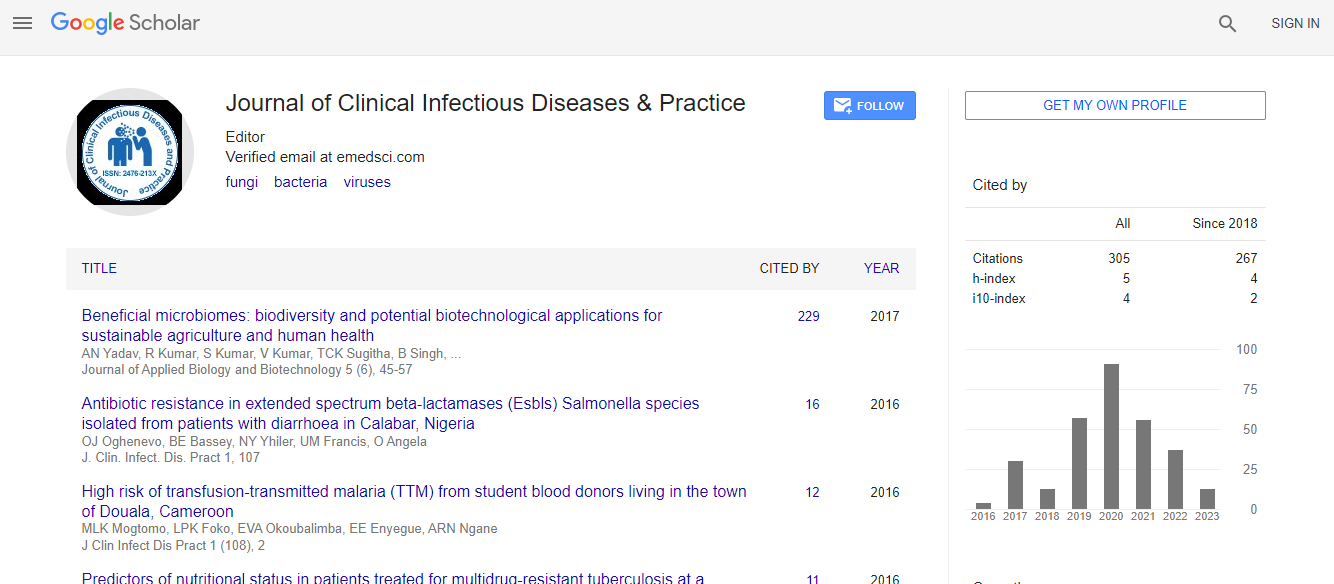Research Article
Potential Missed Opportunities Related to the Systematic Screening for Hepatitis B Surface Antigen in Thailand
Prapan Sabsanong1, Nicolas Salvadori2,3*, Nicole Ngo-Giang-Huong2,3,4, Arun Yaisiri1, Achara Puangsombat1, Pra-ornsuda Sukrakanchana2,3, Kanchana Than-in-at2,3, Wasna Sirirungsi3, Woottichai Khamduang3 and Gonzague Jourdain2,3,4
1Obstetrics and Gynecology Department, Samut Prakan Provincial Hospital, Samut Prakan, Thailand
2PHPT-UMI 174, Institut de recherche pour le développement (IRD), Marseille, France
3Faculty of Associated Medical Sciences, Chiang Mai University, Chiang Mai, Thailand
4Department of Immunology and Infectious Diseases, Harvard T.H. Chan School of Public Health, Boston, MA, United States
- *Corresponding Author:
- Nicolas Salvadori
Institut de recherche pour le développement (IRD)
France and Faculty of Associated Medical Sciences
Chiang Mai University, Changklan Rd, Changklan, Muang, Chiang Mai 50100, Thailand
Tel: +66 53819125-9
Fax: +66 53819130
E-mail: Nicolas.Salvadori@phpt.org
Received Date: September 07, 2017; Accepted Date: September 21, 2017; Published Date: September 28, 2017
Citation: Sabsanong P, Salvadori N, Huong NNG, Yaisiri A, Puangsombat A, Sukrakanchana P, Than-in-at K, Sirirungsi W, Khamduang W, Jourdain G (2017) Potential Missed Opportunities Related to the Systematic Screening for Hepatitis B Surface Antigen in Thailand. J Clin Infect Dis Pract 2:120. doi: 10.4172/2476-213X.1000120
Copyright: © 2017 Sabsanong, et al. This is an open-access article distributed under the terms of the Creative Commons Attribution License, which permits unrestricted use, distribution, and reproduction in any medium, provided the original author and source are credited.
Abstract
Background: In Thailand, hepatitis B surface antigen (HBsAg) testing is part of routine antenatal screening. We assessed the association between characteristics of pregnant women attending Samut Prakan Provincial Hospital antenatal care clinic (ANC) and their Hepatitis B virus (HBV) infection status.
Methods: This is a cross-sectional study of pregnant women ≥ 18 yrs presenting at the ANC between August 1st, 2013 and June 30th, 2015. Data on socio-demographics, general physical examination, obstetrical and medical history and knowledge of HBV status were collected. Comparisons were performed using the Wilcoxon-Mann- Whitney test or Fisher’s exact test.
Results: A total of 115 pregnant women, 18 HBsAg positive and 97 negative, participated. The women had a median age of 27.1 yrs (interquartile range (IQR): 22.4 to 31.5) at a median 28.0 weeks gestational age (IQR: 26.1 to 29.7). Forty-five (39%) reported being born abroad. Sixteen (14%) did not receive primary education. The women’s household contained a median of 3 persons (IQR: 2 to 4). None of these characteristics differed between HBsAg positive and negative women. HBsAg positive women were more likely to know their HBV status than HBsAg negative women [6 (33%)] vs. 12 [(12%), p=0.04] and their previous live offsprings’ HBV status [9 (60%)] vs. 21 [(26%), p=0.01]. In contrast, they were less likely to know their partner’s HBV status [3 (17%)] vs. 50 [(52%), p=0.009].
Conclusion: HBV chronic infection was not associated with any characteristics, which justifies systematic screening for HBsAg during antenatal care. The vast majority of women were not able to report their and their partner’s HBsAg status, underlining potential missed opportunities to be followed for their hepatitis B infection.

 Spanish
Spanish  Chinese
Chinese  Russian
Russian  German
German  French
French  Japanese
Japanese  Portuguese
Portuguese  Hindi
Hindi 
